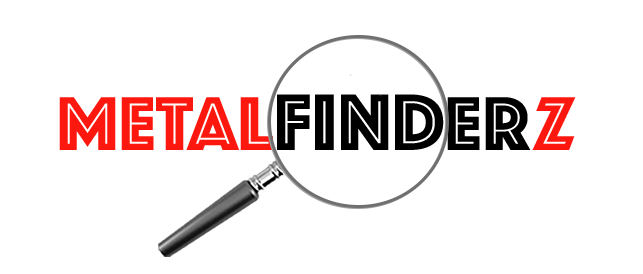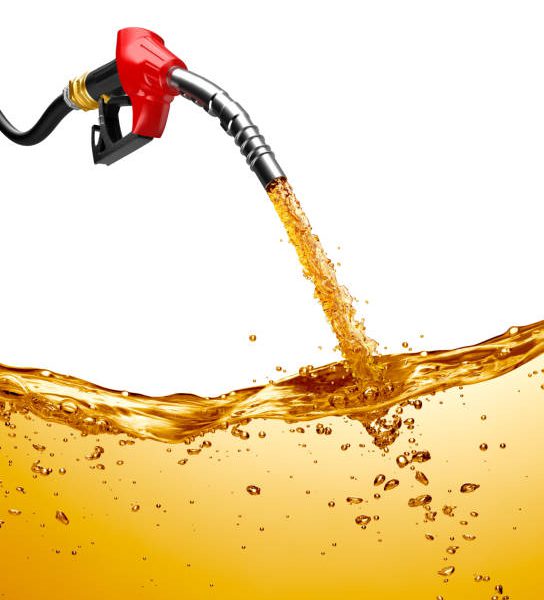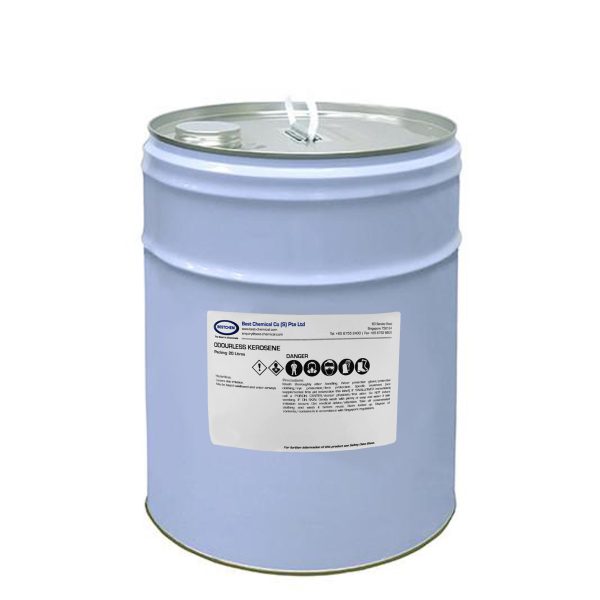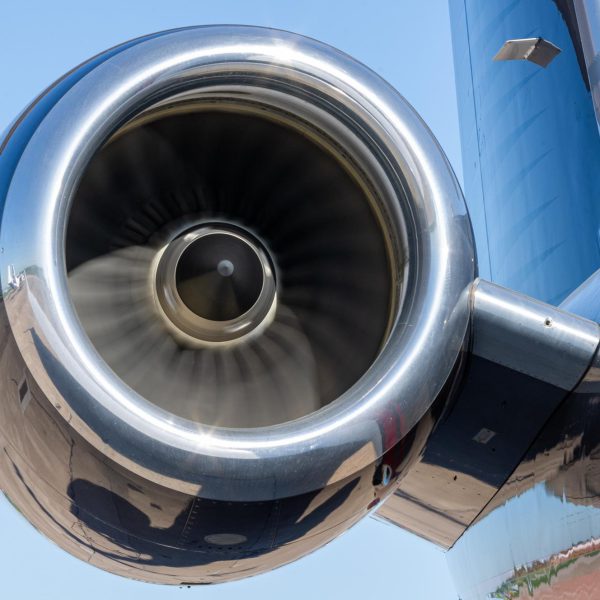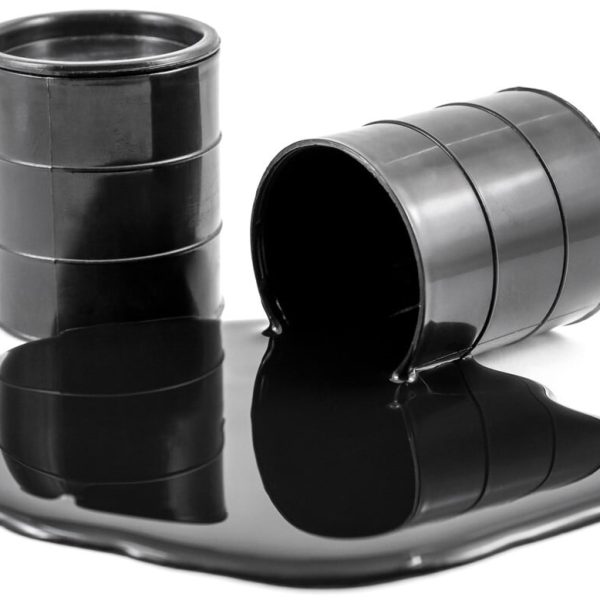Petrol: The Lifeblood of Transportation
Description: Petrol, also known as gasoline, is a refined petroleum product consisting of a complex mixture of volatile hydrocarbons primarily containing pentane, hexane, and heptane. It serves as the primary fuel for spark-ignition engines in automobiles, motorcycles, and other light-duty vehicles.
Key Source Countries: The United States, China, India, Russia, and Saudi Arabia are the top five petrol producers globally, collectively accounting for over half of world output. Significant production also occurs in Japan, South Korea, Iran, Germany, and Canada.
World Output Volumes: In 2022, global petrol production reached approximately 930 million tonnes (2.2 billion barrels per day), with demand expected to peak in the mid-2020s due to the rise of electric vehicles.
Major Producers and Market Share:
- United States (23%): Leading producer due to shale oil production and advanced refining infrastructure. Companies like ExxonMobil, Chevron, and Valero dominate the market.
- China (18%): Rapidly growing production fueled by domestic demand. Key players include Sinopec and PetroChina.
- India (8%): Reliance Industries and Indian Oil Corporation lead production in a market experiencing significant growth.
- Russia (7%): Lukoil and Rosneft hold major shares, with exports primarily focused on Europe and neighboring countries.
- Saudi Arabia (6%): Aramco, the state-owned giant, dominates production and exports globally.
Forms of Trade: Petrol trades in the following forms:
- Physical Delivery: Petrol is transported via pipelines, tankers, and barges to storage facilities for further distribution.
- Futures Contracts: Traded on various international exchanges, allowing market participants to hedge against price fluctuations.
- Swaps: Contracts where parties exchange different grades or qualities of petrol to optimize costs and manage risks.
Price Trends (Past 5 Years): Similar to crude oil, petrol prices have undergone significant volatility:
- 2018: Prices averaged around $2/gallon due to oversupply and weak demand.
- 2019: Prices rose to $2.50/gallon due to geopolitical tensions and supply disruptions.
- 2020: Prices plummeted to $1.50/gallon due to the COVID-19 pandemic and reduced travel.
- 2021: Prices surged to $3.50/gallon due to a global energy crisis, supply chain disruptions, and the Russia-Ukraine conflict.
- 2022: Prices remained high, averaging around $3/gallon, with fluctuations based on global events and refining margins.
Major Importing Countries:
- United States (22%): Despite domestic production, remains a significant importer due to high consumption.
- China (18%): Growing demand fueled by rising car ownership and economic development.
- India (10%): Rapidly importing to satisfy the needs of a booming transportation sector.
- Japan (6%): Relies on imports due to limited domestic oil resources.
- Germany (5%): Major European importer, primarily sourced from neighboring countries.
Major Exporting Countries:
- United States (25%): Exports refined products from its massive refining capacity, primarily to neighboring countries.
- Russia (17%): Exports gasoline primarily to Europe via pipelines and tankers.
- Saudi Arabia (15%): Major global exporter, with shipments reaching countries worldwide.
- India (8%): Exports some refined products, but domestic demand outpaces production.
- South Korea (5%): Exports gasoline based on its advanced refining capabilities.
Other Important Aspects for International Traders and Buyers:
- Quality Specifications: Different regions have varying fuel quality standards based on factors like octane rating and sulfur content.
- Taxes and Duties: Governments levy taxes and duties on petrol, impacting final consumer prices and trade flows.
- Refining Margins: The difference between crude oil prices and petrol prices reflects refining costs and profitability.
- Storage and Logistics: Access to storage facilities and efficient logistics networks are crucial for traders and buyers.
- Renewable Energy Trends: The rise of electric vehicles and biofuels could gradually decrease petrol demand in the long term.
Additional Information:
- The International Energy Agency (IEA) predicts peak petrol demand in the mid-2020s, followed by a gradual decline driven by electric vehicle adoption and stricter emissions regulations.
- Blending biofuels with petrol, known as E10 or E15, is used in some countries to reduce reliance on fossil fuels and emissions.
- The future of petrol will likely involve stricter environmental regulations
